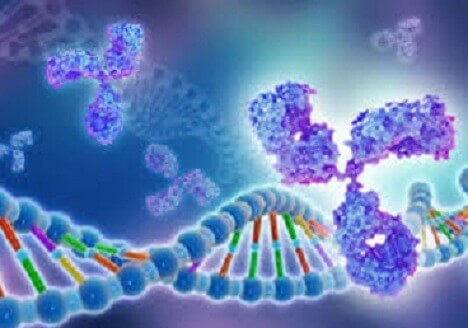What Is Recombinant Protein And How Does It Work?
What Is Recombinant Protein And How Does It Work?
Proteins are hardcore workers in our bodies, they do so much and put so much into what makes us function. They facilitate nearly enough everything in cell processes, including the expression of genes, growth of cells, nutrient intake, communication, and more. The blueprints of the synthesis of proteins are stored in our DNA, and this is like a template for regulated transcripts that produce RNA messengers, aka, mRNA. This is what is crafted into defined sequences of amino acids that then form proteins. Proteins are basically the absolute core of us. They make us function, from our DNA to our immune systems, and everything in between and beyond. Proteins are such a core, but what is recombinant protein? Why do they matter? Aren’t they just proteins?
To find out more about how the body works, and the science behind our functioning check out https://www.mybiosource.com/, but if you are already hooked on proteins, stick around while we tell you about recombinant proteins.
What Is A Recombinant Protein?
A recombinant protein is a type of protein that is encoded by recombinant DNA which is cloned via an expression vector that assists the expression of any particular gene and hence the translation of mRNA.
The modification of a gene by recombinant DNA is then capable of eventually expressing a mutant protein.
Basically, recombinant proteins are manipulated proteins of native ones. This can be done so in multiple different ways that will drive an increase in the overall production of proteins, as well as by creating useful commercial products and enabling the modification of genetic sequences.
How Are They Made?
So, now we know what these proteins are, now we want to know how they came to be.
Well, you see, recombinant proteins start being produced at the most basic genetic level, coding sequences of these proteins are isolated and then become cloned into something called an expression plasmid vector.
A majority of the recombinant proteins that are used for therapeutic purposes are human proteins expressed through bacteria, yeasts, or even animal cells.
Human genetics are massively complex, they often contain DNA that is non-coding such as introns, so, an intron-less version of a gene sequence is usually made as the conversion of mRNA becomes cDNA.
As this cDNA does not have regulation regions, the expression vectors instead give it other things such as ribosome-binding sites, and let’s not forget terminator sequences
The reason this is being researched is in the drive for cost-effectiveness, ease, and speed over the process. Proteins that co-express in bacteria do not process post-transitional changes.
However, we will not talk too much about how they are made. And move on to their uses, and how they work in applied areas.
What Is Their Use?
There are two primary uses of recombinant proteins. Neither is particularly shocking at all. So, let’s take a look.
Understanding Health
In one area, recombinant proteins are often used in biomedical research to further understand how health and disease work. You see protein interactions are typically characterized as being stable or transient, they play a key part in the cellular process.
Recently the microarrays of these proteins in protein to protein communication have become a pretty popular thing. Researchers seed slides with static proteins, they treat them with molecules of different types to see if there is an interaction. Recombinant proteins show high performance in many techniques in laboratories as well. They are also used to develop enzymatic assays, in conjunction with connected antibody pairs, to be used as standards in techniques such as ELISA.
They are also capable of serving as valuable tools. For looking into cellular responses to stress and different situations with diseases.
Biotherapeutics
We also mentioned its application in biotherapeutics.
This is because a vast majority of human diseases are typically related to a dysfunction of specified proteins. These proteins are key in providing important types of therapy for vast diseases. These can include cancer, diabetes, hemophilia, anemia, and so on.
Using therapeutic proteins this way can be beneficial as they can contain antibodies. Human proteins play a key role in this.
The first example of this application of recombinant proteins was in human insulin back in ‘82. However, the industry has grown since. And now recombinant proteins have grown in use for therapy much more.
Insulin was a very early example of its application, however, it was the first application.
There are even more now, and it can be used to assist in the control of many diseases.




